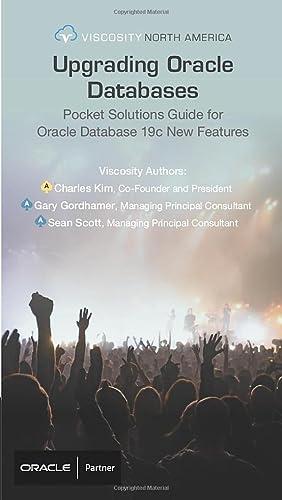Answered step by step
Verified Expert Solution
Question
1 Approved Answer
Siam Store The Retail Management System ( RMS ) of Siam Store is an information system used for the store's main functions at the point
Siam Store
The Retail Management System RMS of Siam Store is an information system used for the store's main functions at the point of sale POS and in the back office. These functions include setting product types and prices, promotions, and inventory management. The main operational functions and responsibilities are as follows: Cashiers, who record and process payments for goods Checkout Purchases Store Managers, who set products and prices Set Prices and plan promotion programs, and Inventory Managers, who manage inventory data Maintain Stock Level to ensure appropriate levels. All parts of the system work seamlessly together using recorded data, which includes product information and sales transaction records stored in the system's database. Each role has access rights to use the necessary data for their tasks efficiently.
For the system that records sales transactions, when a customer pushes a trolley filled with products to the checkout, the cashier presses the 'Reset' button on the cash register to start recording a new transaction. The system creates a sale transaction, and the cashier then scans the product's barcode using a barcode scanner. If the product has a barcode Convert this barcode will be a Universal Product Code UPC embedded in the Product Code Number, used to group and define the specific characteristics Unit Price and category Category of the product. The system will record each item in the transaction based on the scanned barcode.
When scanning the barcode, if the information is successfully read as a UPC, the scanner will show a green light. If the barcode cannot be read, a red light will appear. The cashier will then use a keyboard connected to the register to manually enter the product code Manual Code Entry The system will then retrieve the product's unit price and category information and add it to the transaction.
If a customer buys products in large quantities, the cashier will press the Qty button to enter the quantity. The system will record the amount of each product type purchased and sell each unit at its unit price. For example, if a pen normally costs a certain amount but is on promotion, the cashier might record the bulk purchase price accordingly. If a customer buys pens, the system will adjust the total according to any applicable promotion, such as Buy One Get One Free BOGOF
For items sold by weight without barcodes, such as fruits and vegetables, the cashier will enter the internal code of the product and weigh it on a scale attached to the register. The system will calculate the total price based on the weight and unit price.
For each recorded item, the system will add it to the total amount due from the customer. Once all items are recorded, the cashier presses the 'Payment' button on the register. The system will tally the total amount due, and the cashier will enter the amount tendered by the customer. The system will then calculate the change due and print a receipt showing the total transaction amount.
Change will be dispensed, and the cash drawer will open. The cashier will give the change and the printed receipt to the customer and then close the cash drawer.
The keyboard layout of the cash register is shown in the image.
Each button on the keyboard has the following functions:
RESET: Prepare for a new customer.
WEIGHT: Tell the cash register to read the weight from the scale.
PRICE: Manually enter the unit price for the next item.
QTY: Enter the number of identical items.
SUBTOTAL: Calculate the total cost of goods recorded so far.
CLEAR: Clear the current transaction in progress.
PAYMENT: Indicate no more items for the current customer.
ENTER: Submit the keyboard entry.
Instructions
Create a highlevel use case diagram for the RMS system, showing the use of and generalization dependencies as appropriate.
Write a Use Case Narrative for the sales and payment receipt process. Show the entire process within a single narrative, including preconditions, postconditions, and exceptions.
From the Use Case diagram in create an activity diagram for the customer payment receipt process. Present the diagram at a High Level to provide a broad and comprehensive view of the actors involved in the process.
Demonstrate the identification of Candidate Classes.
Create a Sequence Diagram for the payment receipt process.
Create a Class Diagram that shows classes, attributes, operations, associationsaggregations and generalizations if any as appropriate.
Step by Step Solution
There are 3 Steps involved in it
Step: 1

Get Instant Access to Expert-Tailored Solutions
See step-by-step solutions with expert insights and AI powered tools for academic success
Step: 2

Step: 3

Ace Your Homework with AI
Get the answers you need in no time with our AI-driven, step-by-step assistance
Get Started


